Last Updated: 07/05/2025
Elbow Dysplasia in Dogs
Has your dog been diagnosed with elbow dysplasia? Find out all about what it is the causes treatment prognosis and prevention in our Vet guide.
Author: Dr Lacey Kelly BVSc (Hons)
Reading Time: 14 minutes - short read
Elbow dysplasia is a common and debilitating condition that affects many dogs, particularly those of medium to large/giant breeds. This complex joint disorder involves abnormal growth or development of the elbow joint, leading to various painful conditions such as medial coronoid disease, osteochondrosis dessicans (OCD), ununited anconeal process (UAP), and medial compartment disease. These conditions result in lameness, pain, and reduced mobility, often appearing in dogs as young as five months old.
Elbow dysplasia can have a significant impact on a dog's quality of life, but with early detection and appropriate management, affected dogs can lead comfortable lives. In this article, we'll delve into the causes, symptoms, diagnosis, treatment, and prevention of elbow dysplasia in dogs, providing essential information to help you understand the condition and support your dog.
Contents:
2. What causes elbow dysplasia?
3. What breeds are prone to elbow dysplasia?
5. Diagnosis
6. Treatment
7. Prognosis
8. Prevention
What is Elbow Dysplasia?
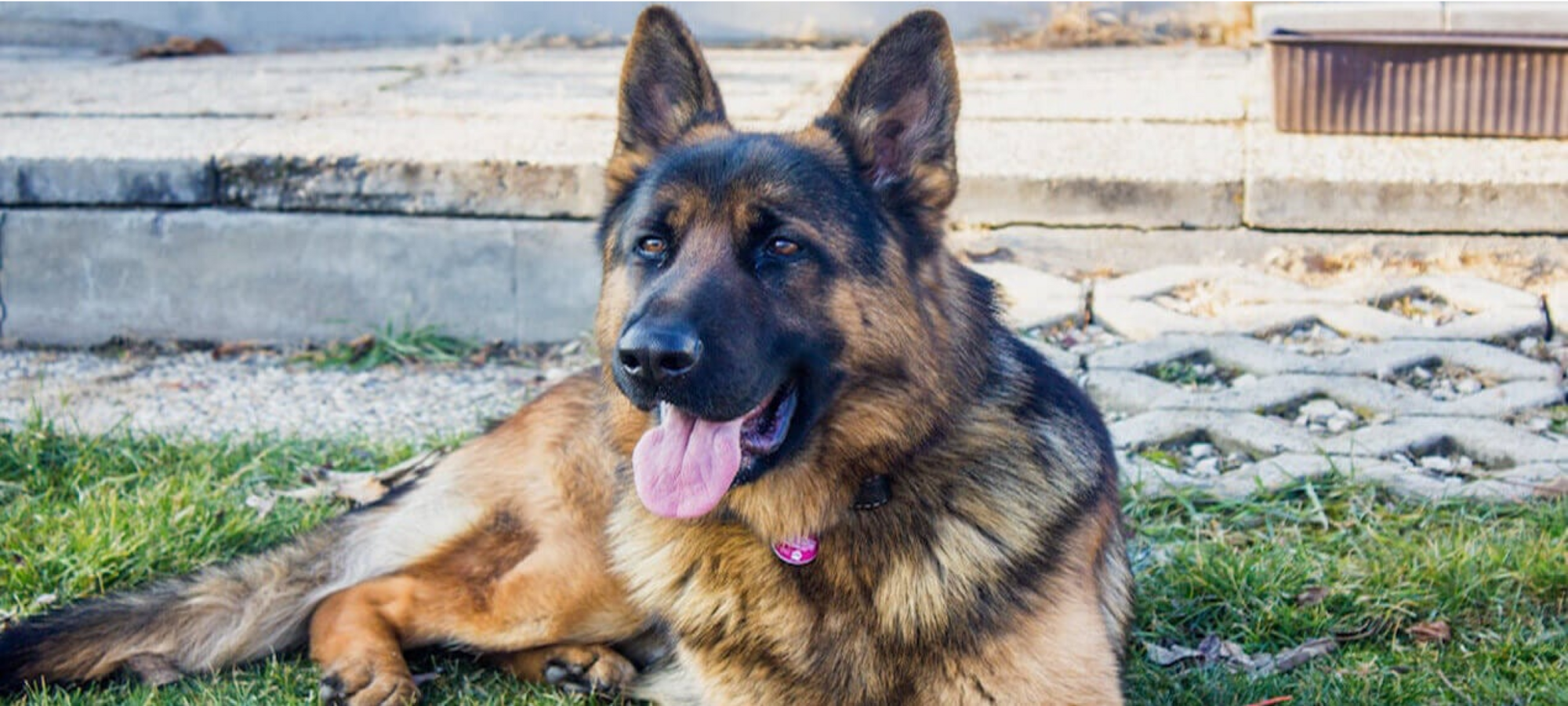
The elbow is a complex joint formed by the humerus, radius, and ulna. In order for the elbow to function properly all of these bones need to fit together perfectly and have a healthy covering of joint cartilage.
Elbow dysplasia refers to an abnormal growth or development of this elbow joint. This results in one or more of the following problems, with signs of lameness in one or both forelimbs developing around 4months of age.
1. Medial Coronoid Disease
There are two small bony protrusions at the end of the ulna, within the elbow joint called the coronoid processes. With this condition one of these processes develops a little crack and eventually separates from the ulna. This ultimately leads to pain, instability, and osteoarthritis.
2. Osteochondrosis Dessicans (OCD)
This problem occurs when the smooth cartilage at the bottom of the humerus doesn't develop properly. The diseased cartilage lifts away from the underlying bone. This results in pain and osteoarthritis. In some cases, this flap of cartilage breaks of and floats freely around the joint which is often referred to as a 'joint mouse'.
3. Ununited Anconeal Process (UAP)
The anconeal process is a small piece of bone at the back of the ulna at the area of the elbow joint. Normally this anconeal process will fuse to the top part of the ulna during development. If the anconeal process does not fuse to the rest of the ulna and is loose within the joint it causes pain and osteoarthritis formation.
4. Medial Compartment Disease/Elbow Incongruity
This condition describes the loss of cartilage in the medial part of the elbow joint. When there is incongruity in the elbow there is commonly severe wearing that results in cartilage loss and ultimately bone grinding on bone. This form of Elbow dysplasia carries the poorest prognosis as there is no way to reverse the cartilage loss.
What Causes Elbow Dysplasia in Dogs?
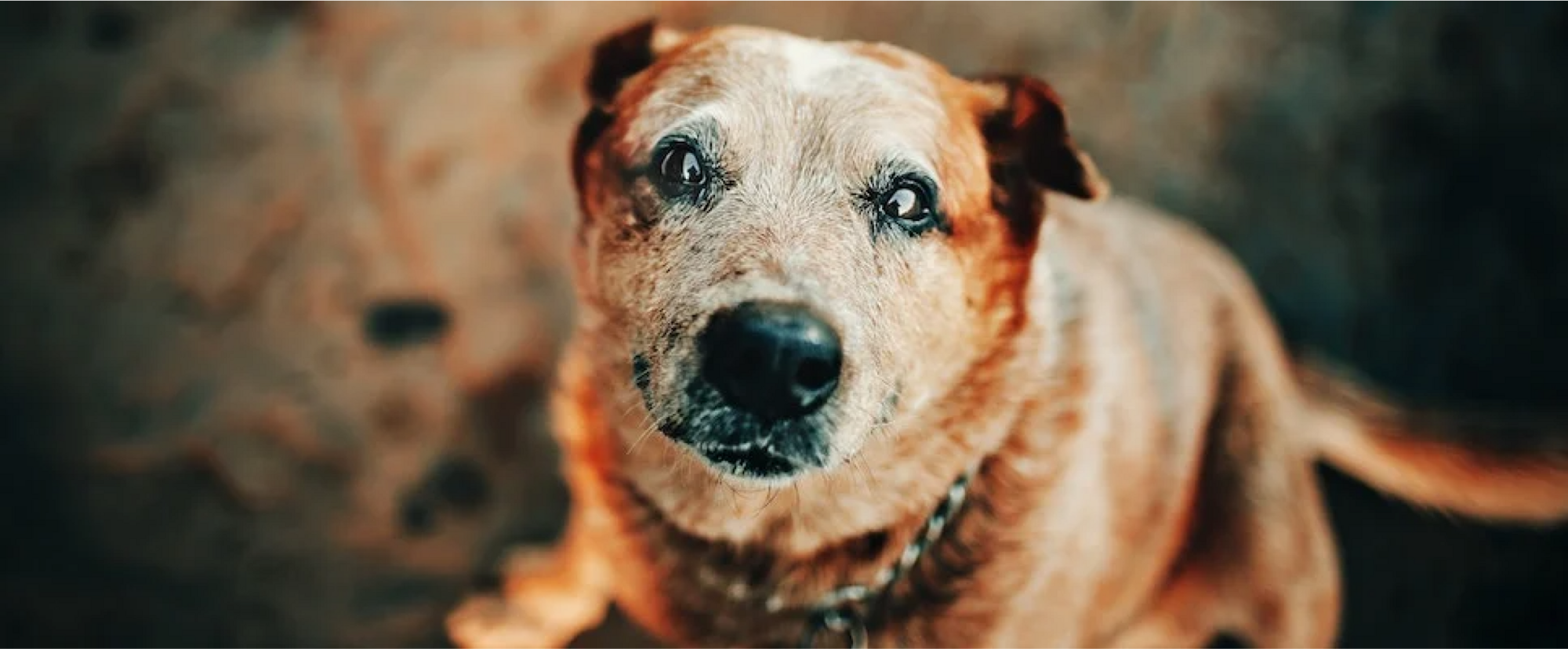
The cause of Elbow Dysplasia is regarded as multifactorial however it is primarily a genetic developmental disease. Other potential contributing factors include trauma, growth, diet, and body condition. This inherited condition is more common in certain breeds; especially large and giant breeds. Rapid growth due to inappropriate nutrition can further complicate the development of elbow dysplasia. This is why it is so important to feed your large breed puppy a large breed puppy diet, rather than an 'all' breed diet or - god forbid - a homemade or raw diet.
Did you know? Large and giant breed puppies actually require controlled levels of nutrients while they're growing, as too much nutrition can make them grow too fast and cause bone deformities like elbow dysplasia. Read more about the importance of large breed puppy diets large breed puppy diets.
Dog Breeds Prone to Elbow Dysplasia

Elbow dysplasia can occur in most dog breeds but medium to large/giant breed dogs are particularly prone to elbow dysplasia. Certain breeds that are prone to being born with elbow dysplasia include:
- Newfoundland
- Bassett Hound
Signs of Elbow Dysplasia in Dogs
Dogs affected by elbow dysplasia will often develop front limb lameness from an early age; typically around 5 months of age however some don't show signs for much longer. It can sometimes be hard to spot if both limbs are affected as there is no obvious asymmetry in the dog's gait. Lameness is usually more pronounced after exercise or on rising from rest. Some dogs may appear to actually improve during activity however they may be unwilling to exercise for long periods.
Dogs with elbow dysplasia often stand with their front paws rotated outwards in a mild ballerina stance. Your vet may also identify some swelling or thickening in the elbow region, along with pain and in some more chronic cases a reduced range of motion due to secondary arthritis.
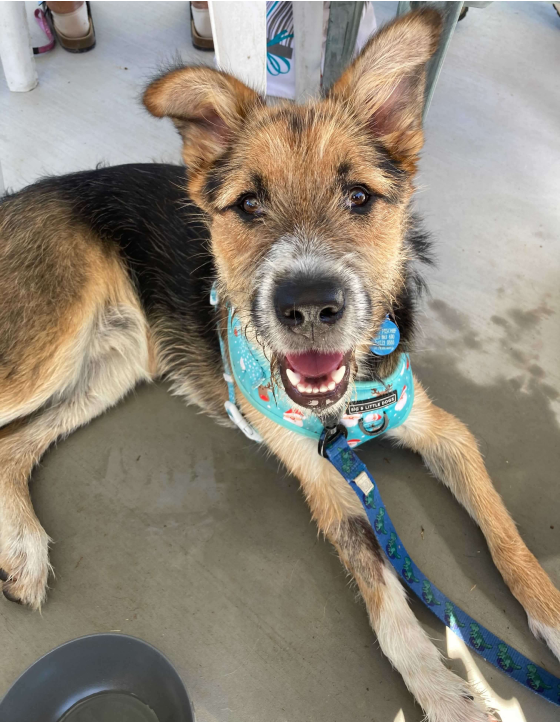
Photo credit: @the_fozz_miester
Diagnosis of Elbow Dysplasia in Dogs
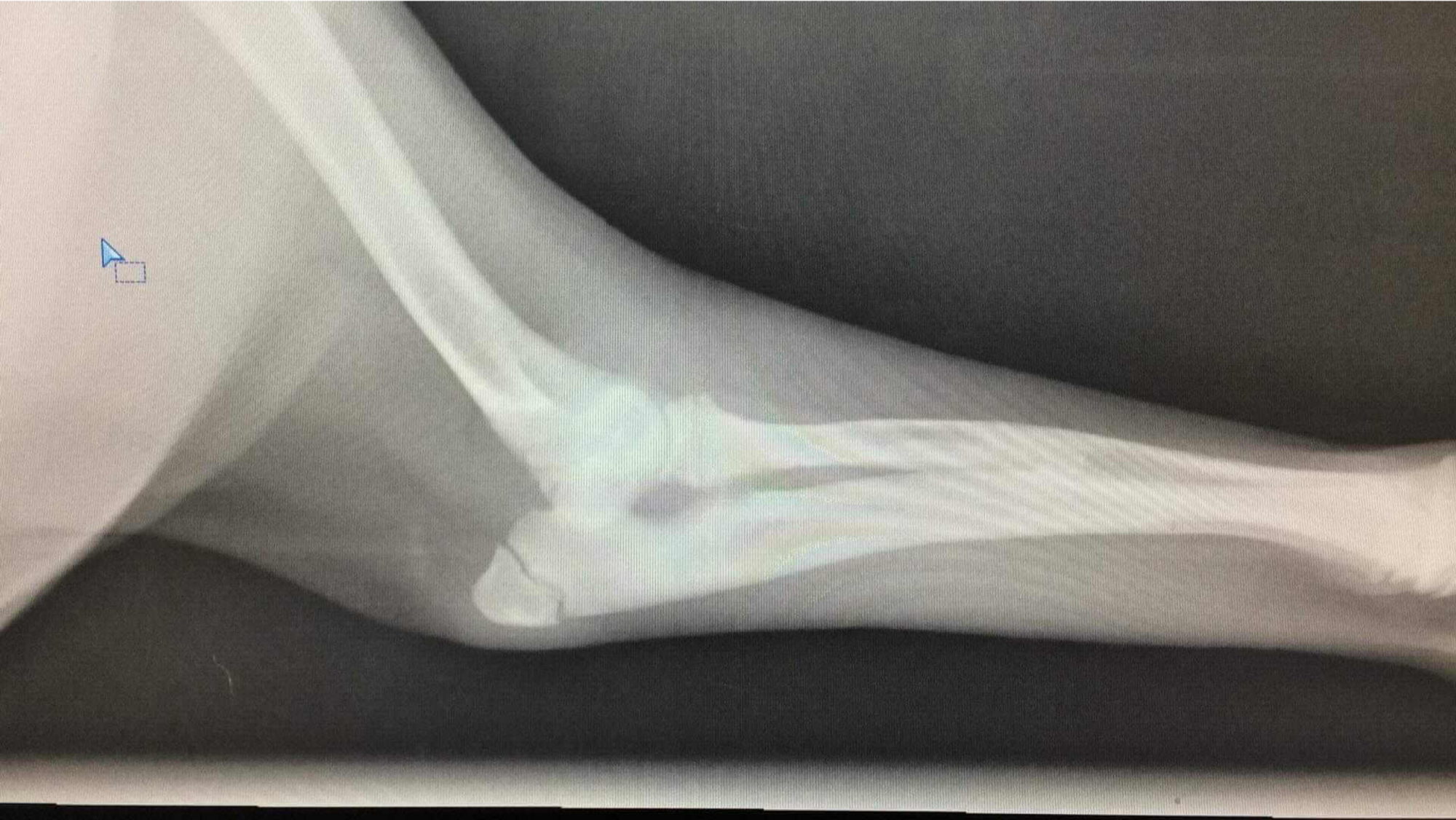
Photo credit: @the_fozz_miester
Physical Exam: Diagnosis begins with an examination with your veterinarian. Observing your dog walking will usually identify some degree of lameness and manipulating their joints may localise pain or swelling around the elbow joint/s.
Plain Xrays: The next step is plain radiographs. Flexed views of both elbows may identify areas of concern and sometimes early arthritic changes. An Ununited Anconeal Process is usually readily identified with the use of plain radiographs, but the other conditions aren't always as easy to see and in most cases advanced imaging is required.
CT: CT or computed tomography is the most reliable non-surgical test to diagnose elbow dysplasia.
Arthroscopy: Arthroscopy is a 'key-hole' investigation in which the surgeon puts a little scope with a camera inside the joint to look for evidence of elbow dysplasia. It allows for minimally invasive surgery to be performed if indicated too.
Treatment of Elbow Dysplasia in Dogs
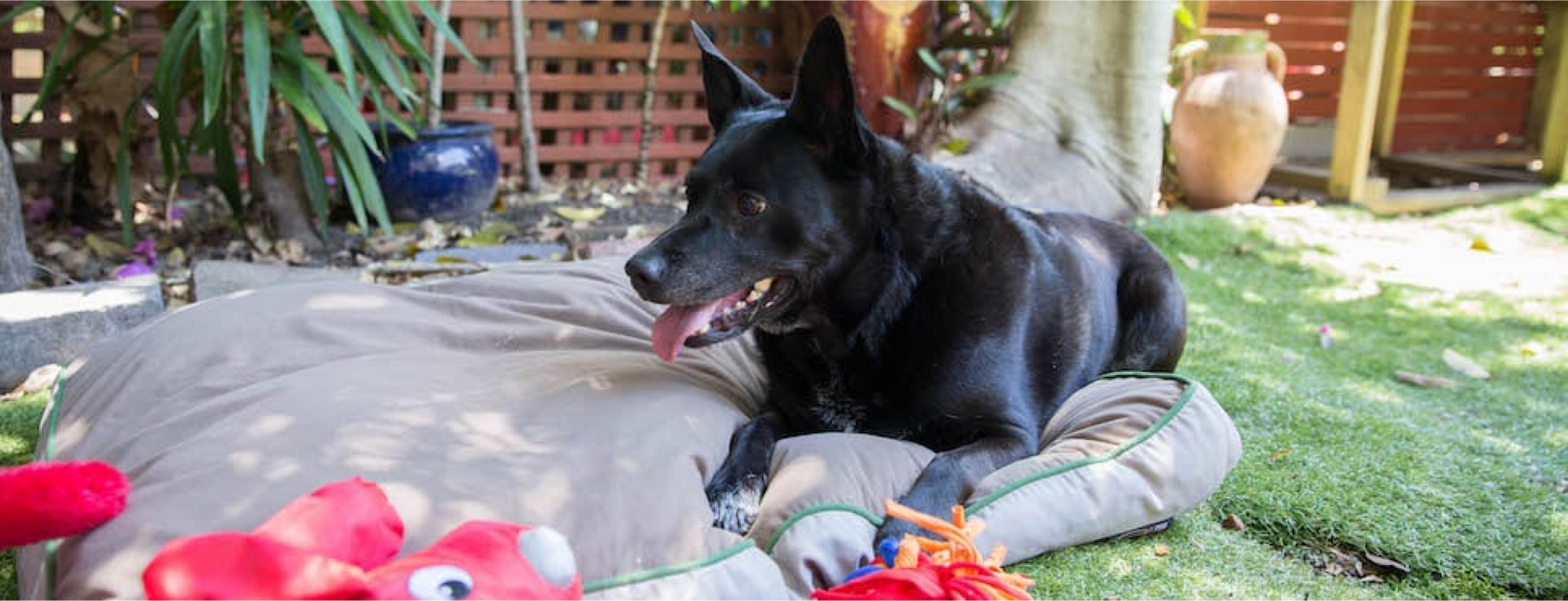
1. Surgical Management
Treatment depends on the severity of the disease within the elbow but in most cases surgical intervention is recommended. The type of surgery will vary depending on the primary cause of the elbow dysplasia. Generally speaking, arthroscopic surgery is the preferred method over conventional open surgery, but again it will depend on the patient's individual situation.
Surgery for elbow dysplasia may involve removal of damaged tissues through to realignment of the elbow joint. Surgical procedures for elbow dysplasia may include Arthroscopic fragment removal and subtotal coronoidectomy, proximal abducting ulnar osteotomy (PAUL), or dynamic ulnar osteotomy.
Arthroscopic Fragment Removal and Subtotal Coronoidectomy: This procedure utilises arthroscopy to remove fragments of cartilage and/or bone from the elbow joint. This technique is also used to remove the OCD cartilage flap if there is one present. Arthroscopy has the added benefit that both elbows can be investigated under the same anaesthetic if needed.
Proximal Abducting Ulnar Osteotomy (PAUL): This technique is much more invasive than arthroscopy and involves placing a cut into the ulna and then stabilising it using a special plate and screws. The goal of the procedure is to alter where most of the weight bearing occurs so less load is taken by the diseased area of the elbow joint.
Dynamic Ulnar Osteotomy: This technique involves screws but no plating and is often used in cases of elbow joint incongruity; meaning the radius and ulna aren't aligning with the humerus properly. This technique has been used to restore congruity in cases of UAP and FCP.
Is surgery always recommended for dogs with elbow dysplasia? The short answer is no. Not all dogs are candidates for surgical management of elbow dysplasia. According to the American College of Veterinary Surgeons, on average, 85% of dogs will show some degree of improvement in lameness after surgical intervention. That being said it is important to remember it is not possible to return the joint to normal and all dogs with elbow dysplasia (even those who undergo surgery) will develop arthritis to some degree.
Determining the optimal treatment option for a dog with elbow dysplasia is very case dependant and takes many factors into consideration. A referral to an orthopaedic specialist veterinarian is extremely beneficial in working out the best option for your furry friend.
Regardless of if your dog will be having surgical or medical management, early intervention is best.
2. Medical Management

For some dogs the best management plan for their elbow dysplasia may be non-surgical or what we call 'conservative' management. Conservative management is very much about reducing further osteoarthritis development and the pain associated with it.
Although it would be great to chose just one of the options below, in reality we need to combine a number of them to provide the best outcome. This multimodal approach should ideally involve a combination of appropriate prescription pain medication, weight management, environmental and exercise modification, physiotherapy, and the use of joint supplements and/or therapeutic diets.
Pain Medication
Nonsteroidal anti-inflammatories, such as Meloxicam ('Metacam') and Firocoxib ('Previcox') are the mainstay treatment for the pain and inflammation associated with elbow dysplasia. There are also some opioids and muscle relaxers that may benefit your dog depending on their degree of pain. All of these medications are prescription and will need to be prescribed by your dog's treating veterinarian.
WARNING! Ibuprofen is toxic to dogs and can cause serious and irreversible organ damage. NEVER give your dog human pain relief unless advised by your veterinarian!
Chondroprotective Medication
Your vet may also recommend injections for your dog's elbow dysplasia. They are usually given as a series of injections over the course of 4-6weeks, and then a 'booster' is given at a time specified by your vet. You will commonly hear these injections referred to as Cartrophen, Zydax, or Pentosan.
Supplements
There are a number of natural extracts being used in joint supplements that have proven anti-inflammatory properties. Some are antioxidants, which slow the actual progression of arthritis, while others intercept the inflammatory cascade to limit pain and inflammation. It is worth noting that it may take several weeks to notice visible effects after introducing a new joint supplement.
Green Lipped Mussel (Perna canaliculus): GLM contains key omega-3 polyunsaturated fatty acids, glycosaminoglycans (a source of chondroitin), vitamins and minerals which have been shown to have beneficial anti-inflammatory effects in dogs with arthritis.
Glucosamine and Chondroitin: These are the building blocks of normal healthy cartilage. Despite a lack of strong evidence in the veterinary literature, some veterinarians and owners have found supplementation to be helpful.
Omega Fatty Acids: Omega 3 fatty acids DHA and EPA have been demonstrated to have anti-inflammatory properties, and as far as supplements for arthritis go, they are backed by the most convincing evidence. Omega 3's can be obtained from lots of difference sources including fish oil, green lipped mussel powder, flaxseeds, and nuts. Marine sources of omega fatty acids (such as fish, fish oil and green lipped mussel) are the most effective for dogs.
WARNING! Ibuprofen is toxic to dogs and can cause serious and irreversible organ damage. NEVER give your dog human pain relief unless advised by your veterinarian!
Chondroprotective Medication
Your vet may also recommend injections for your dog's elbow dysplasia. They are usually given as a series of injections over the course of 4-6weeks, and then a 'booster' is given at a time specified by your vet. You will commonly hear these injections referred to as Cartrophen, Zydax, or Pentosan.
Supplements
There are a number of natural extracts being used in joint supplements that have proven anti-inflammatory properties. Some are antioxidants, which slow the actual progression of arthritis, while others intercept the inflammatory cascade to limit pain and inflammation. It is worth noting that it may take several weeks to notice visible effects after introducing a new joint supplement.
Green Lipped Mussel (Perna canaliculus): GLM contains key omega-3 polyunsaturated fatty acids, glycosaminoglycans (a source of chondroitin), vitamins and minerals which have been shown to have beneficial anti-inflammatory effects in dogs with arthritis.
Glucosamine and Chondroitin: These are the building blocks of normal healthy cartilage. Despite a lack of strong evidence in the veterinary literature, some veterinarians and owners have found supplementation to be helpful.
Omega Fatty Acids: Omega 3 fatty acids DHA and EPA have been demonstrated to have anti-inflammatory properties, and as far as supplements for arthritis go, they are backed by the most convincing evidence. Omega 3's can be obtained from lots of difference sources including fish oil, green lipped mussel powder, flaxseeds, and nuts. Marine sources of omega fatty acids (such as fish, fish oil and green lipped mussel) are the most effective for dogs.
Looking for more information on supplements? Read our article on Your Guide to Pet Supplements.
Top Supplements for dogs with elbow dysplasia
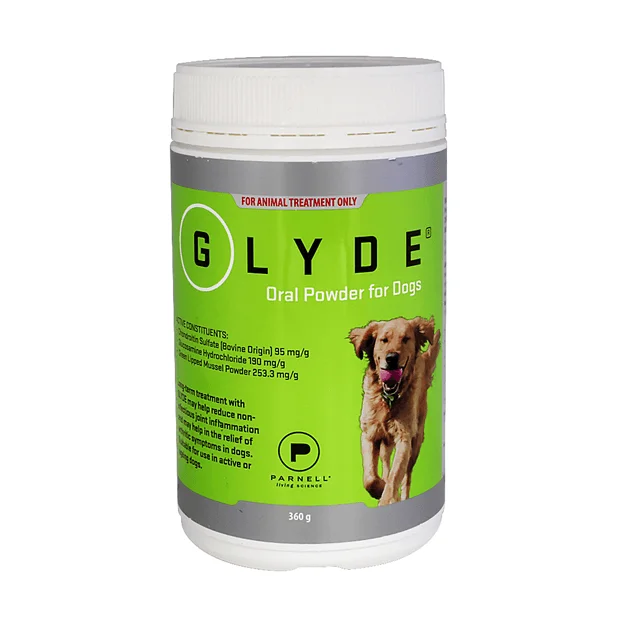
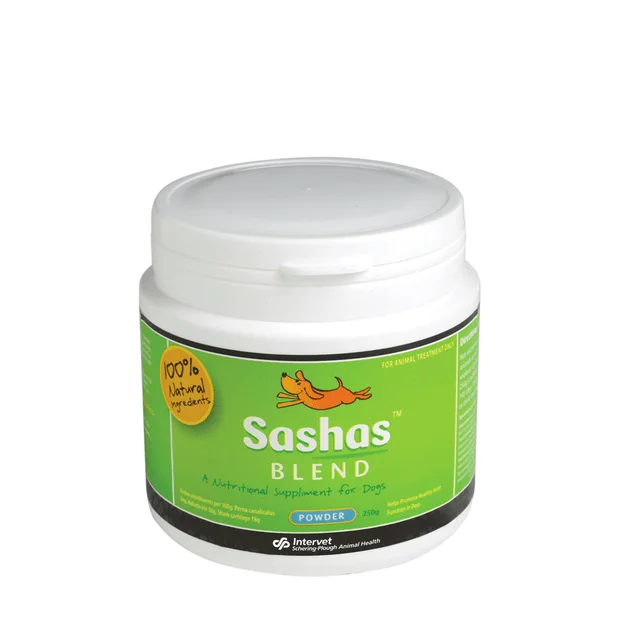
Weight Management
Weight management is one of the most important factors in the management of elbow dysplasia. Not only does excess weight put added strain on sore joints, but fat also releases inflammatory medicators which contributes to inflammation throughout the body.
While exercise is important, weight management is most reliably achieved through appropriate feeding practices. Maintaining an appropriate calorific intake for your dog's goal weight is one simple thing you can do to help ease your dog's pain. If you find sticking to a diet tricky have a chat to your dog's regular vet about therapeutic weight loss diets for dogs. In addition to controlled calorie levels, these diets also employ cutting edge nutritional science to help boost your pet's metabolism and prevent feelings of hunger during weight loss.
Remember weight management requires consistency and not giving in to the puppy dog eyes. Your dog will thank you for staying strong!
Looking for more ideas? Read our article on Tips to Help Your Dog Lose Weight.
Top Weight Management Diets for dogs with elbow dysplasia
Diet
In addition to prescription weight loss diets are prescription joint care diets. These diets contain the same beneficial nutrients as you find in joint care supplements. These are a great option for picky dogs that sniff out extras added into their food, or for owners that don't want the added hassle of remembering a joint supplement. Our top veterinary diets for joint care include Hills Prescription Diet j/d and and Royal Canin Mobility CP2+.
See our full range of prescription and vet recommended dog food.
Environmental/Exercise Modification
For dogs with elbow dysplasia normal daily tasks like getting out of bed and jumping on and off furniture or into the car can be quite painful and challenging. There are a number of modifications you can make around the home to help reduce your furry friend's discomfort and make life easier for them.
Exercise
When it comes to exercise remember balance is key. For dogs with elbow dysplasia this is even more important as overdoing it can result in pain and accelerated cartilage destruction. Gentle walks, swimming, and walking in water are great options that help to strengthen muscles without overloading the joints. Most dogs will be able to manage a light to moderate level of exercise, but each dog is different so be sure to have a chat to your dog's regular vet about what is suitable for them specifically.
Ramps and Stairs
Jumping on and off furniture or in or out of the car puts a large amount of unnecessary strain on the elbow joints. This can easily be avoided with the use of ramps or stairs. Shop all ramps and stairs for dogs.
Comfortable & Supportive Bedding
For dogs with elbow dysplasia rising from bed can be quite a challenging task. Sturdy memory foam and orthopaedic dog beds help to provide support as your dog sleeps, and slightly elevated beds require less movement for them to get up.
Heating Mat
Cold Winter weather can take a toll on dogs with elbow dysplasia as their joints stiffen and pain increases. Heated mats can help ease stiffness, soothe sore joints, and improve mobility.
Non-slip Flooring
Non-slip flooring or carpet is advised for around bedding and if possible, in all areas of the home where your dog frequents.
Top Environmental Modifications for dogs with elbow dysplasia
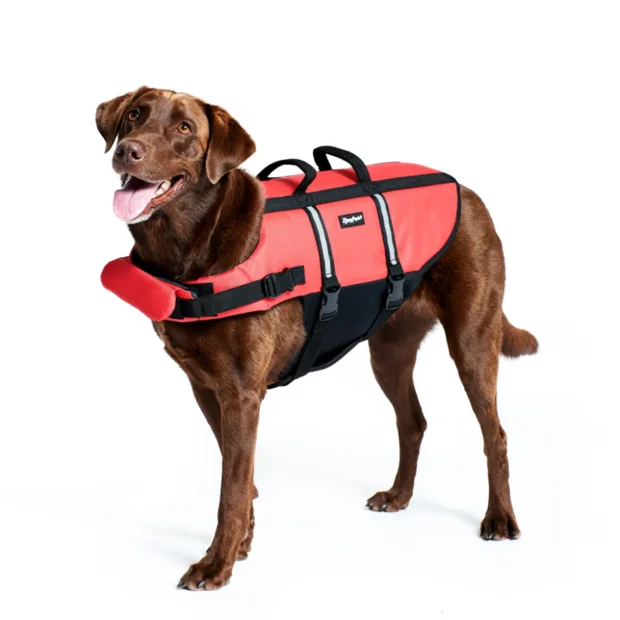
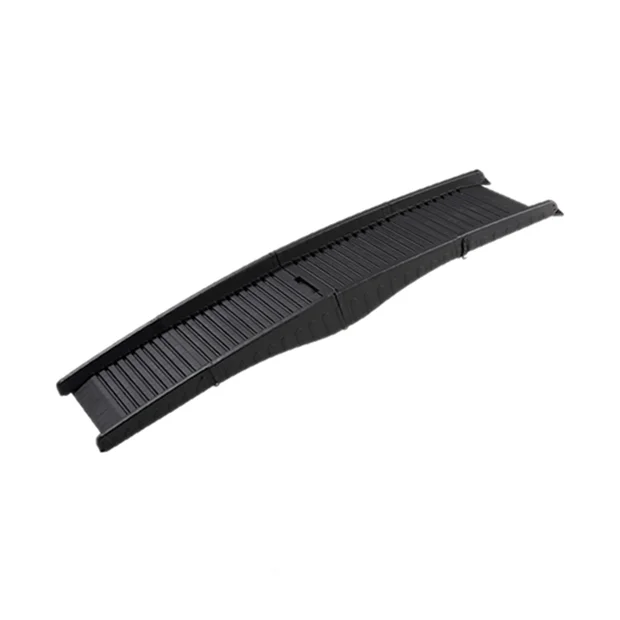
Physio & Hydrotherapy
Many dogs benefit from non-invasive therapies like hydrotherapy and physiotherapy. Hydrotherapy is a great way to help to keep your dog fit by working their muscles without overloading their joints, and physiotherapy uses a combination of assessment and treatment to formulate individualised programmes that best suit your dog's needs. Both can help to reduce pain and inflammation and improve strength and range of motion.
Prognosis For Dogs With Elbow Dysplasia
Unfortunately it is impossible to cure this disease and even with surgical intervention there will still be arthritic changes to the joint. The aim of management for dogs with elbow dysplasia is to improve their comfort level as much as possible. Thorough assessment and investigation with your vet will help to determine the best individualised management plan for your furry friend.
Prevention
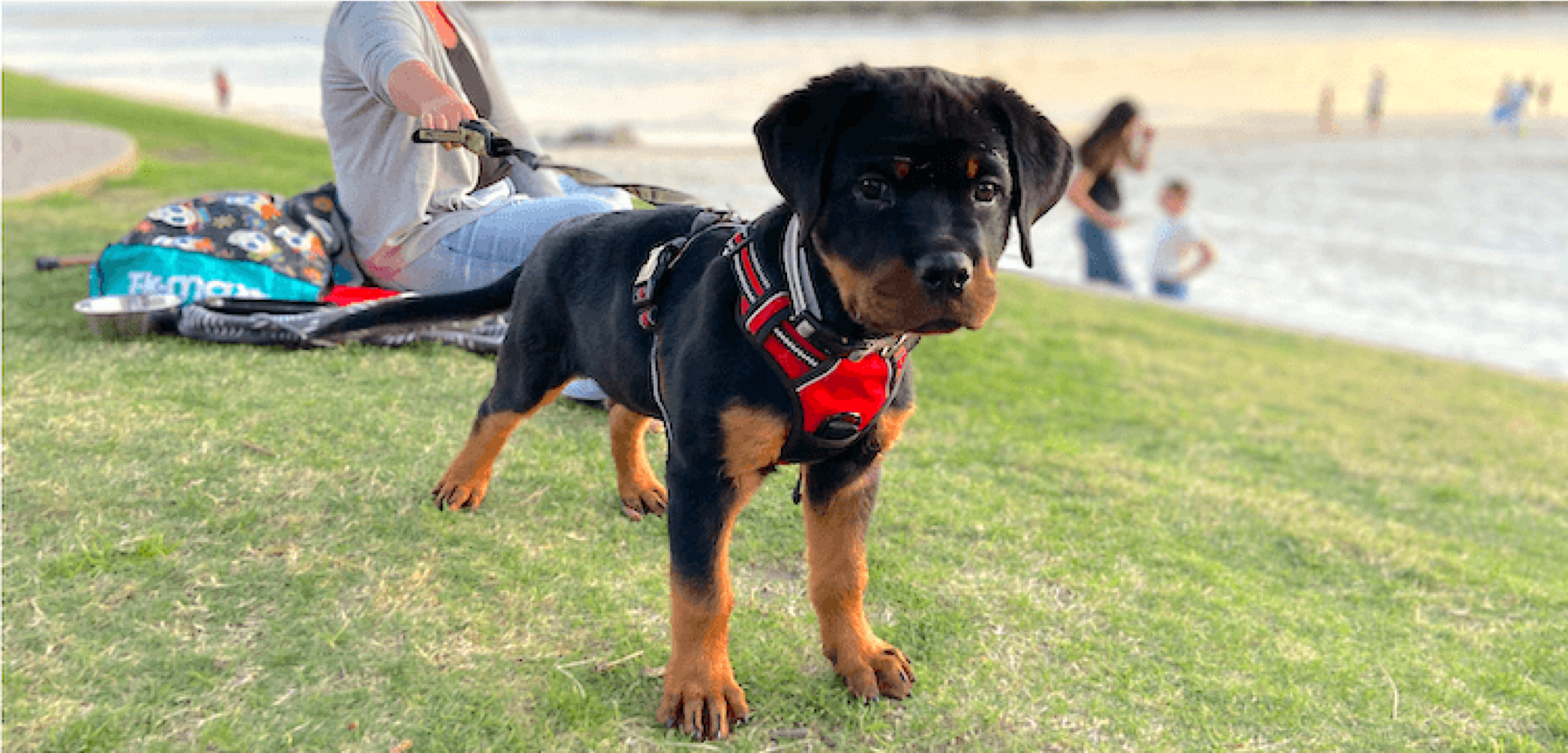
Elbow dysplasia has a genetic component so the best bet for prevention is ensuring you purchase your pup from a responsible breeder that ensures all their breeding dogs are tested using Canine Hip and Elbow Dysplasia Scheme prior to breeding. Normal parents still have the potential to produce offspring with abnormal elbows, but the incidence is far lower than if one or both parents have bad elbows themselves.
In addition to genetic screening and appropriate breeding is maintaining optimal body condition and this begins in puppyhood. For any puppy optimal nutrition is important however it is even more so for those that are at a greater risk for developing an orthopaedic condition like elbow dysplasia. Feeding a premium quality puppy diet formulated for large breed pups can help to prevent excess growth, a contributing factor in the development of orthopaedic conditions.
Joint supplements, lifestyle modifications and appropriate exercise are all encouraged to reduce potential damage to joints and support healthy joint development.
Early intervention is paramount so be sure to check in with your vet as soon as you notice anything abnormal about your dog's mobility.
Large Breed Puppy Foods
Further reading
Want to know more? Check out our Discover Page for more tips on keeping your pets happy and healthy.